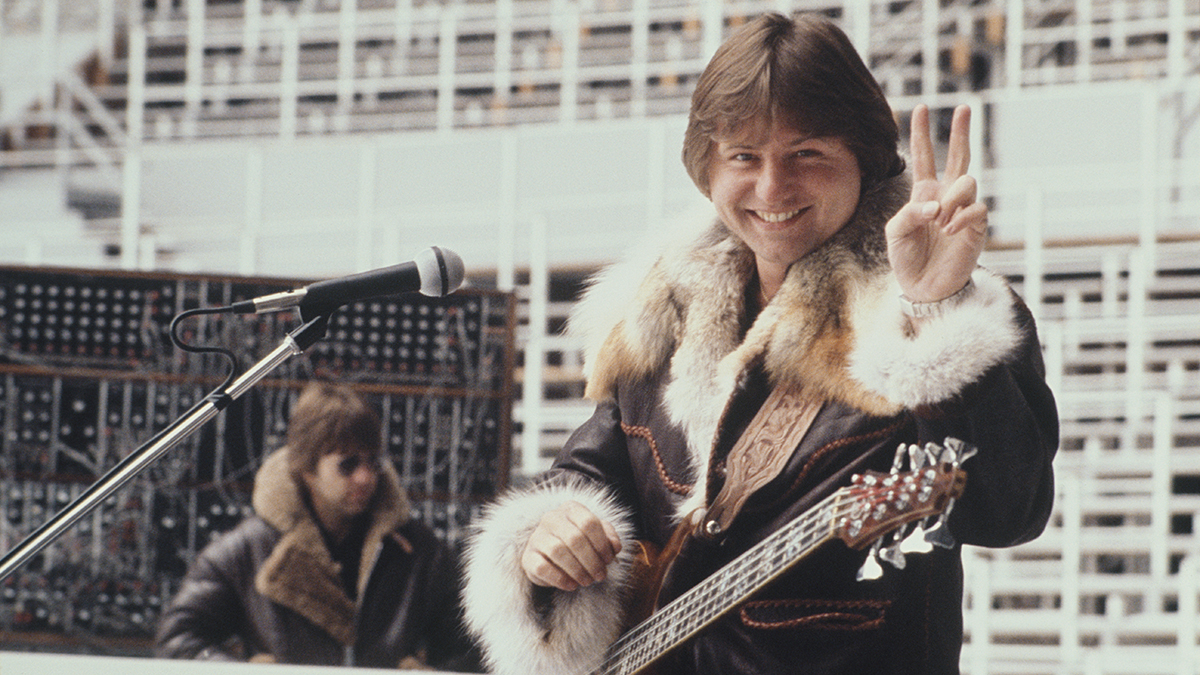Prog-Gnosis: Making Effective Use of Economy Picking

Last month, I demonstrated a few of the primary guitar parts from the song “Somnarium,” from the new Animals as Leaders album, Weightless. This month, I’ll show you what I play for two of the solo sections in the song that are played over the parts illustrated in my last column.
The majority of the music I play with AAL is performed on an eight-string guitar, tuned (low to high) E B E A D G B E. In the examples included here, the parts have been arranged for seven-string guitar (low to high, B E A D G B E). If you have only a six-string, the great majority of what is written here can be played on it. FIGURE 2, for example, depicts my primary solo on the song, and there is only one note that is played on the seventh string.
FIGURE 1 is an arpeggio-based pattern that I play over the “chorus” of “Somnarium,” specifically the part that switches repeatedly from 4/4 to 3/4 (and which may also be thought of as consecutive bars of 7/4). The pattern moves harmonically from Emaj9 to Bmaj9 to Afm/maj7. I begin over Emaj9 with straight descending arpeggio figures that are played in groups of steady 16th notes. By the second half of beat two in bar 1, I’ve switched to a long ascending line that is performed using economy picking. Bar 3 is again split between arpeggios and ascending figures, followed in bar 4 by a long descending arpeggio across the first through the seventh strings.
The descending arpeggios used to start this riff are executed with reverse sweeps, as the pick is dragged in an upward motion from higher to lower strings. I then use economy picking to play the subsequent ascending line. Economy picking is best described as a technique wherein the same pick direction is used to sound notes on adjacent strings: when moving from a lower to a higher string, the last note on the lower string and the first note on the higher string are each picked with a downstroke. When moving from a higher to lower string, consecutive upstrokes are used in a similar manner. I have found the technique to be invaluable for performing challenging figures with speed and precision.
FIGURE 2 illustrates the main solo, which is played over the song’s opening—and primary—rhythm part. I use arpeggios along with “linear” excursions, and I stick closely to the Afmaj7-Bmaj7-Emaj7-C7sus4-Afmaj9+5-Dfm chord progression. Every lick sits squarely over the accompanying chord. Starting in bar 6, I incorporate a “double-picking” technique, wherein each note is picked twice within a steady rhythm of 16th notes.
All the latest guitar news, interviews, lessons, reviews, deals and more, direct to your inbox!
